
Lady Godiva, in Old English Godgifu, was a late Anglo-Saxon noblewoman who is relatively well documented as the wife of Leofric, Earl of Mercia, and a patron of various churches and monasteries.

Charlotte Mitchell was an English actress and poet.

Justine Kay Kendall McCarthy was an English actress and comedienne. She began her film career in the musical film London Town (1946), a financial failure. Kendall worked regularly until her appearance in the comedy film Genevieve (1953) brought her widespread recognition. Prolific in British films, Kendall also achieved some popularity with American audiences, and won a Golden Globe Award for Best Actress – Motion Picture Musical or Comedy for her role in the musical-comedy film Les Girls (1957).

Diana Dors was an English actress and singer.
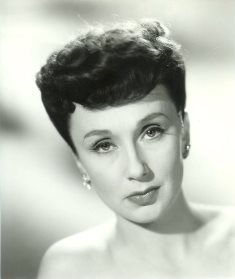
Georgette Lizette "Googie" Withers, CBE, AO was an English entertainer. She was a dancer and actress, with a lengthy career spanning some nine decades in theatre, film, and television. She was a well-known actress and star of British films during and after the Second World War.

That's Entertainment! is a 1974 American compilation film released by Metro-Goldwyn-Mayer to celebrate the studio's 50th anniversary. The success of the retrospective prompted a 1976 sequel, the related 1985 film That's Dancing!, and a third installment in 1994.
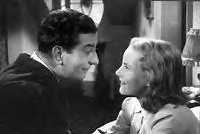
London Town is a 1946 Technicolor musical film directed by Wesley Ruggles and starring Sid Field and Petula Clark, generally regarded as one of the biggest flops in the history of British cinema.

Kent Taylor was an American actor of film and television. Taylor appeared in more than 110 films, the bulk of them B-movies in the 1930s and 1940s, although he also had roles in more prestigious studio releases, including Merrily We Go to Hell (1932), I'm No Angel (1933), Cradle Song (1933), Death Takes a Holiday (1934), Payment on Demand (1951), and Track the Man Down (1955). He had the lead role in Half Past Midnight in 1948, among a few others.

Mae Clarke was an American actress. She is widely remembered for playing Henry Frankenstein's bride Elizabeth, who is chased by Boris Karloff in Frankenstein, and for being on the receiving end of James Cagney's halved grapefruit in The Public Enemy. Both films were released in 1931.
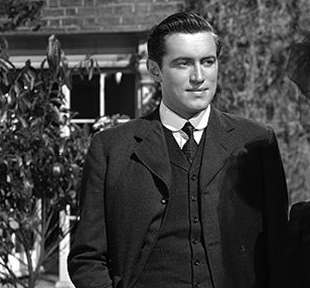
John Neil McCallum, was an Australian theatre and film actor, highly successful in the United Kingdom. He was also a television producer.
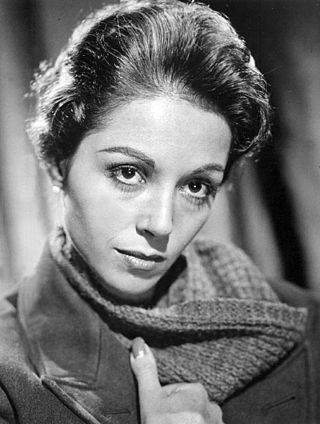
Dana Wynter was a German-born British actress, who was raised in the United Kingdom and southern Africa. She appeared in film and television for more than 40 years, beginning in the 1950s. Her best-known film performance was in Invasion of the Body Snatchers (1956). A tall, dark, elegant beauty, she played both victim and villain. Her characters both in film and on television sometimes faced horrific dangers, which they often did not survive, but she also played scheming, manipulative women on television mysteries and crime procedural dramas.
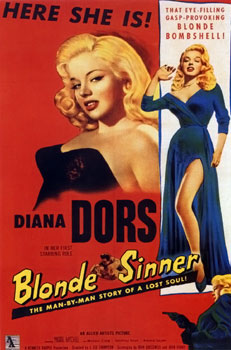
Yield to the Night is a 1956 British crime drama film directed by J. Lee Thompson and starring Diana Dors. The film is based on the 1954 novel of the same name by Joan Henry. The storyline bears a superficial and coincidental resemblance to the Ruth Ellis case, which had occurred the previous year but subsequent to the release of Henry's novel. The film received much positive critical attention, particularly for the unexpectedly skilled acting of Dors, who had previously been cast solely as a British version of the typical "blonde bombshell". The movie was nominated for the Palme d'Or at the 1956 Cannes Film Festival.

John Harvey was an English actor. He appeared in 52 films, two television films and made 70 television guest appearances between 1948 and 1979.
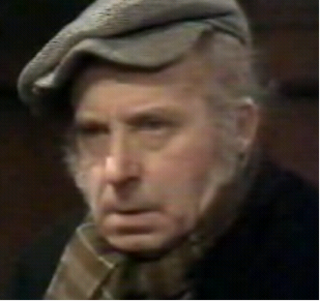
John Antony Townley, known professionally as Toke Townley, was an English actor.

Nana Irene Bryant was an American film, stage, and television actress. She appeared in more than 100 films between 1935 and 1955.

Lady Godiva of Coventry is a 1955 American Technicolor historical drama film, directed by Arthur Lubin. It starred Maureen O'Hara in the title role. Alec Harford, the English actor who portrayed Tom the Tailor, died eight months before the film's release.
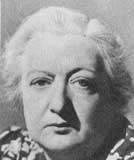
Gladys Henson was an Irish actress whose career lasted from 1932 to 1976 and included roles on stage, radio, films and television series. Among her most notable films were The History of Mr Polly (1949) and The Blue Lamp (1950).

Leslie Ernest Bradley was an English actor. He died in Desert Hot Springs, California.
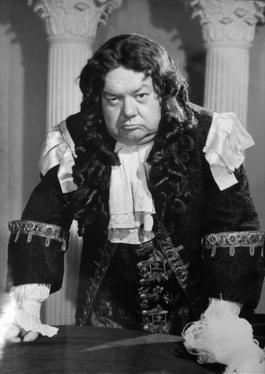
Robert Forbes Felton, known professionally as Felix Felton, was a British film, television, stage and voice actor as well as a radio director, composer and author.
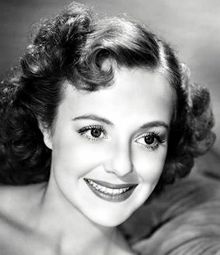
Pauline Stroud was a British actress who was best known for her appearance in Lady Godiva Rides Again (1951).



















